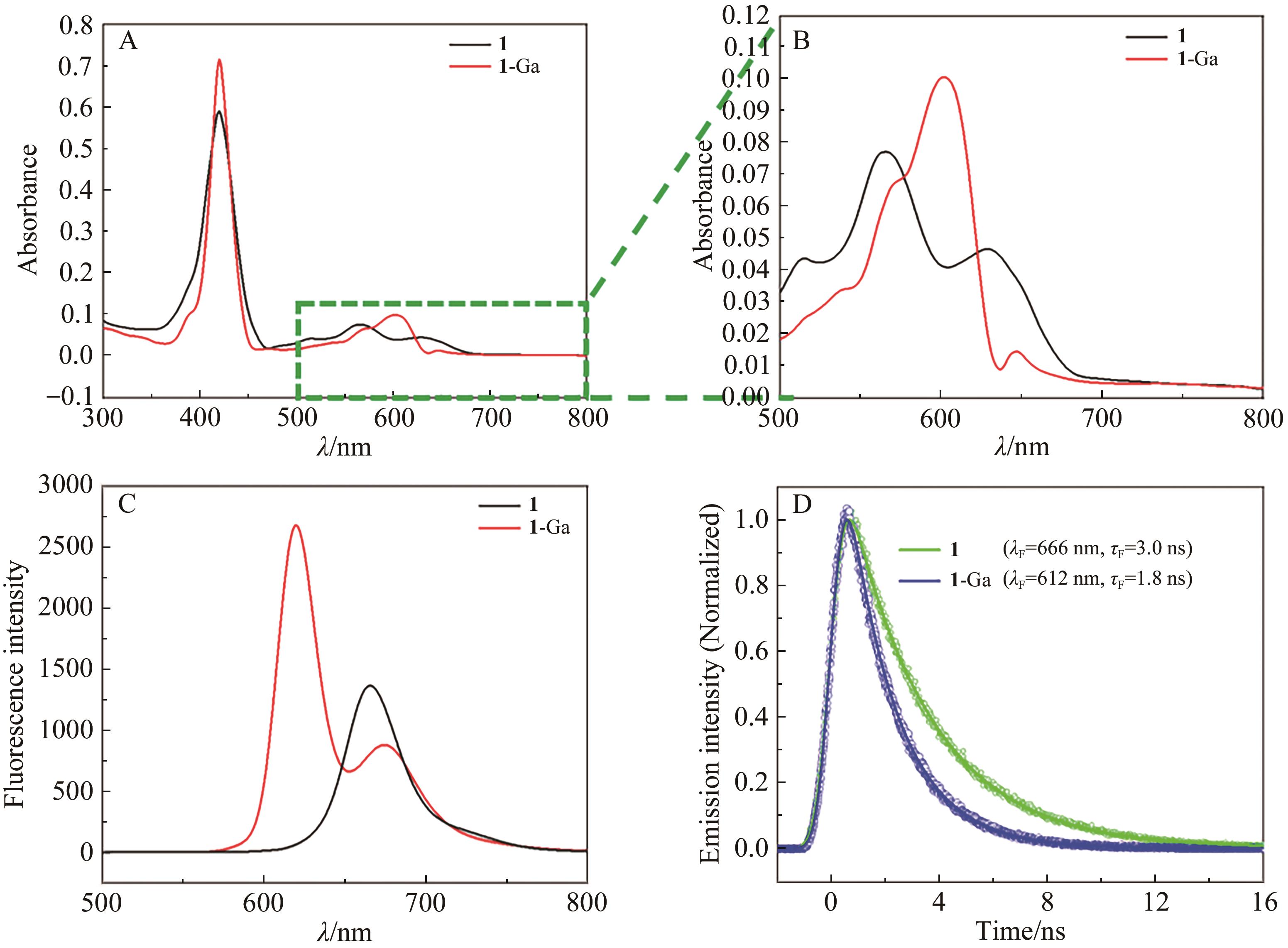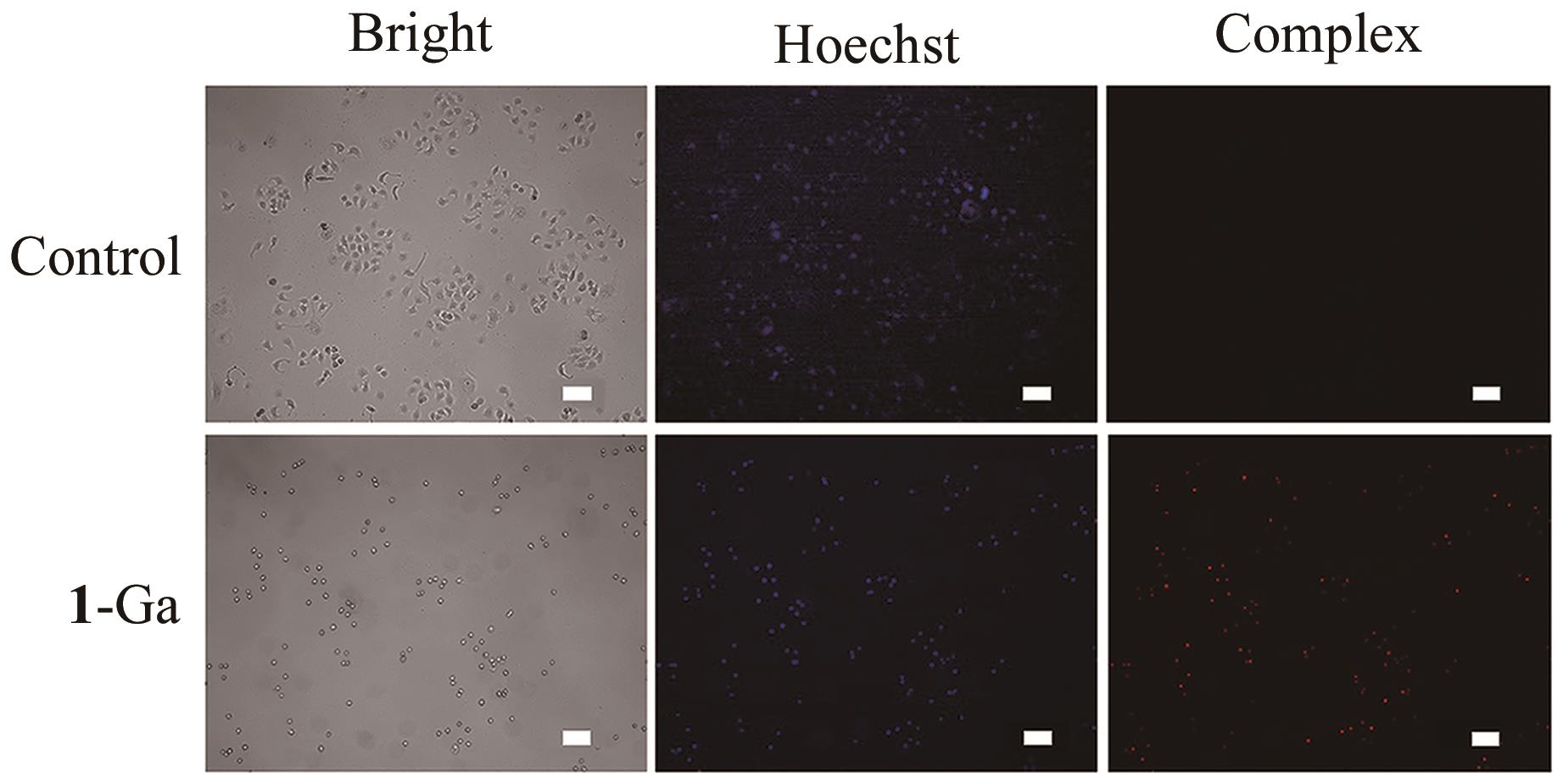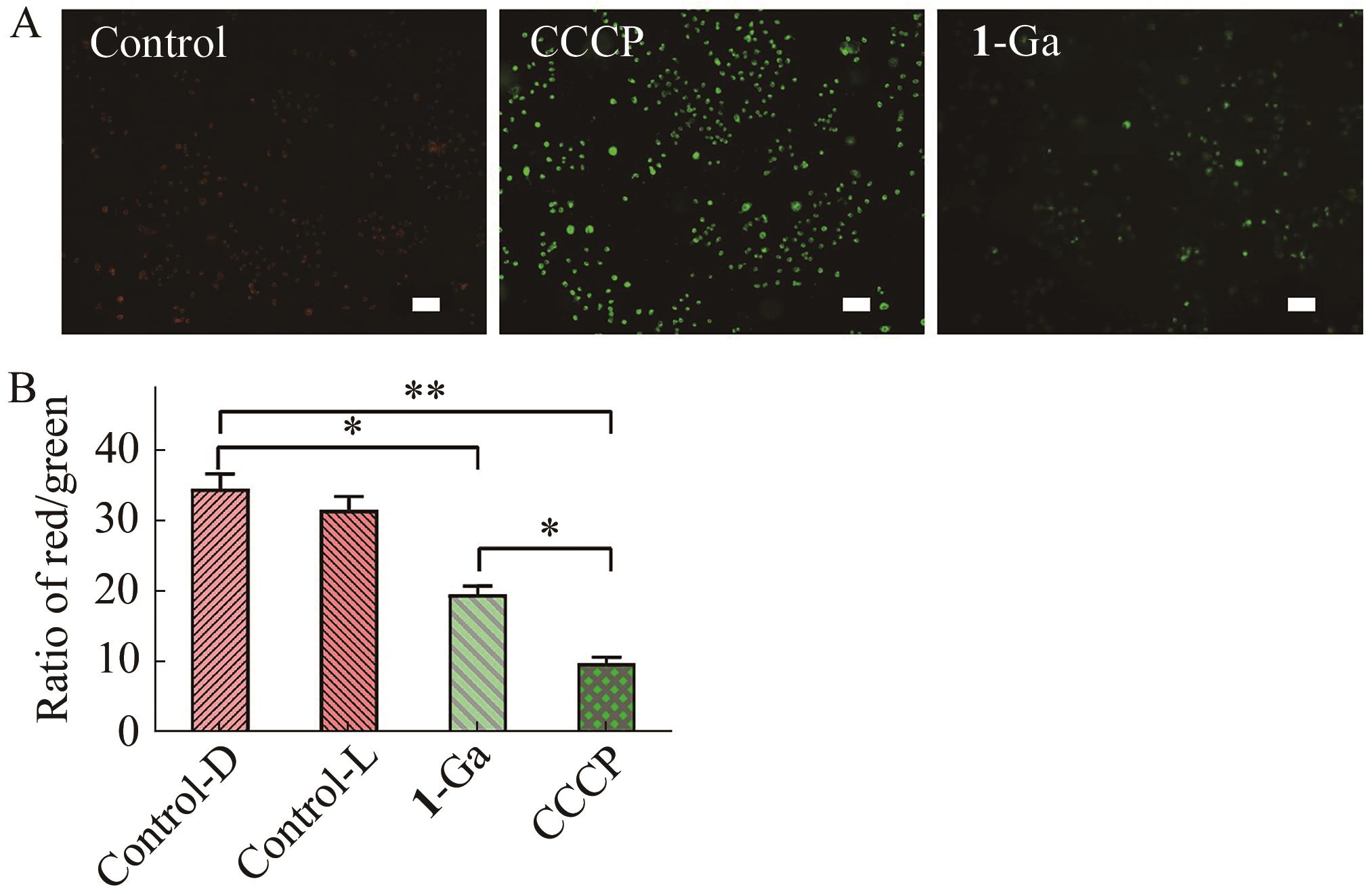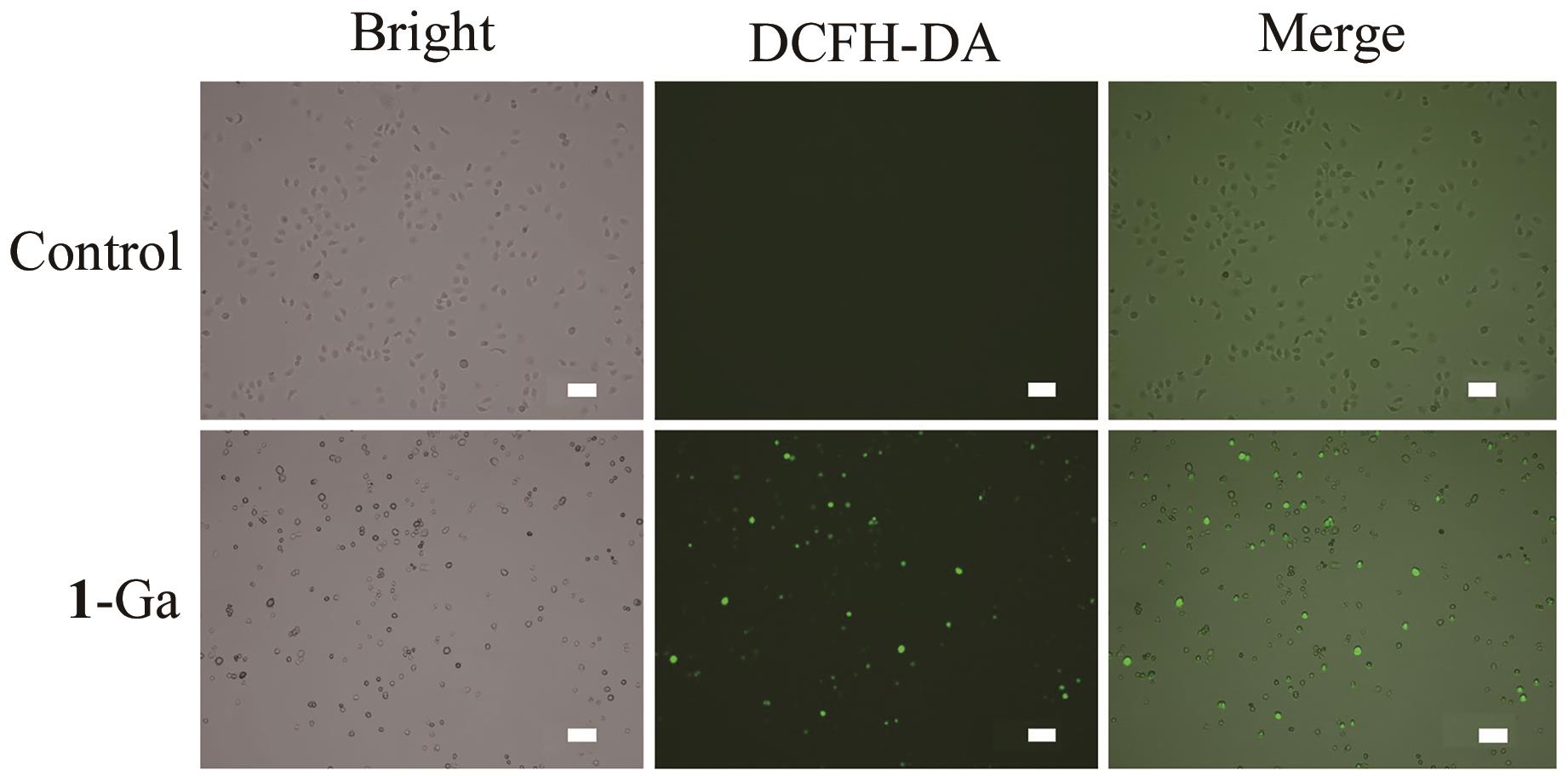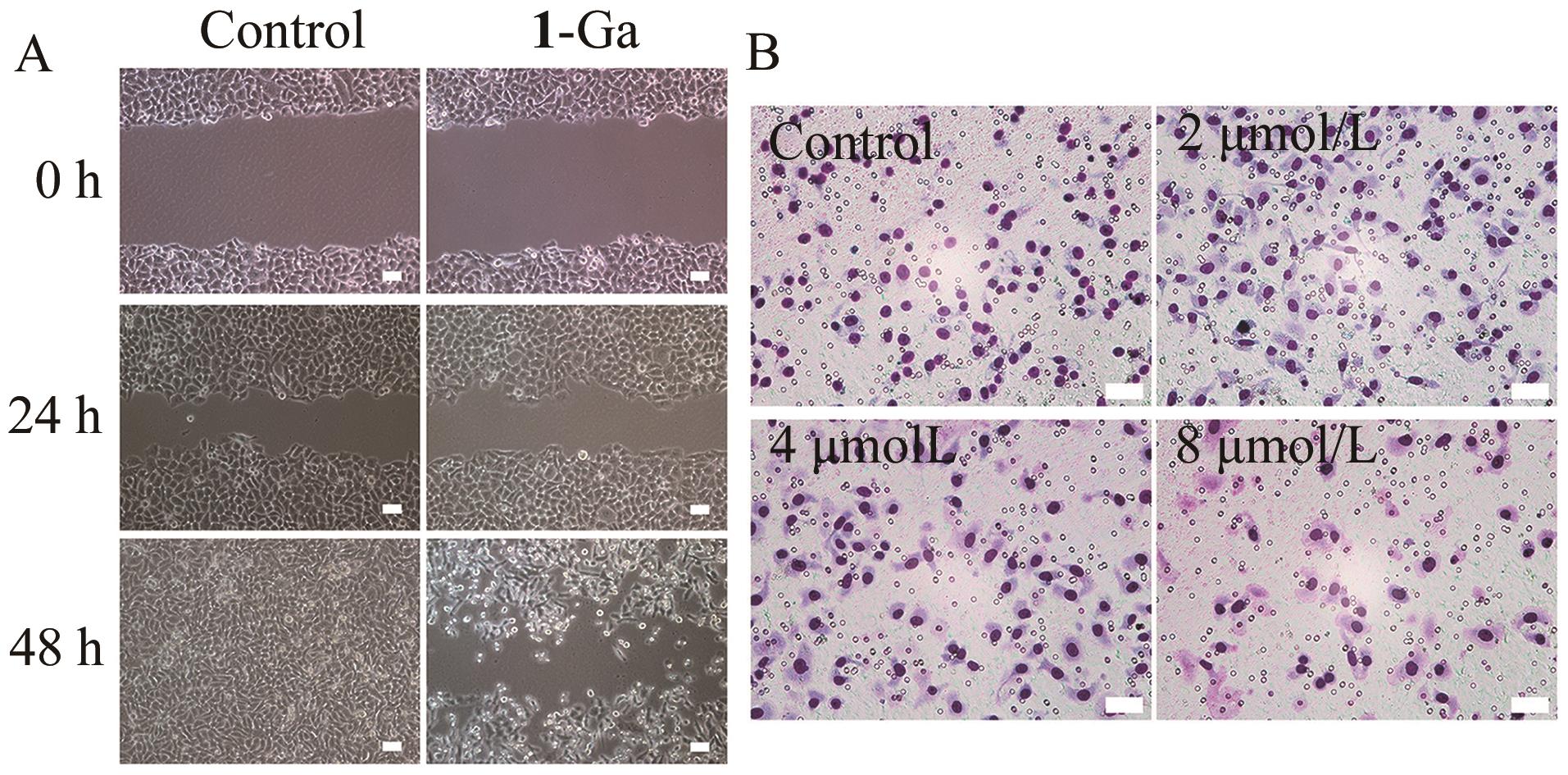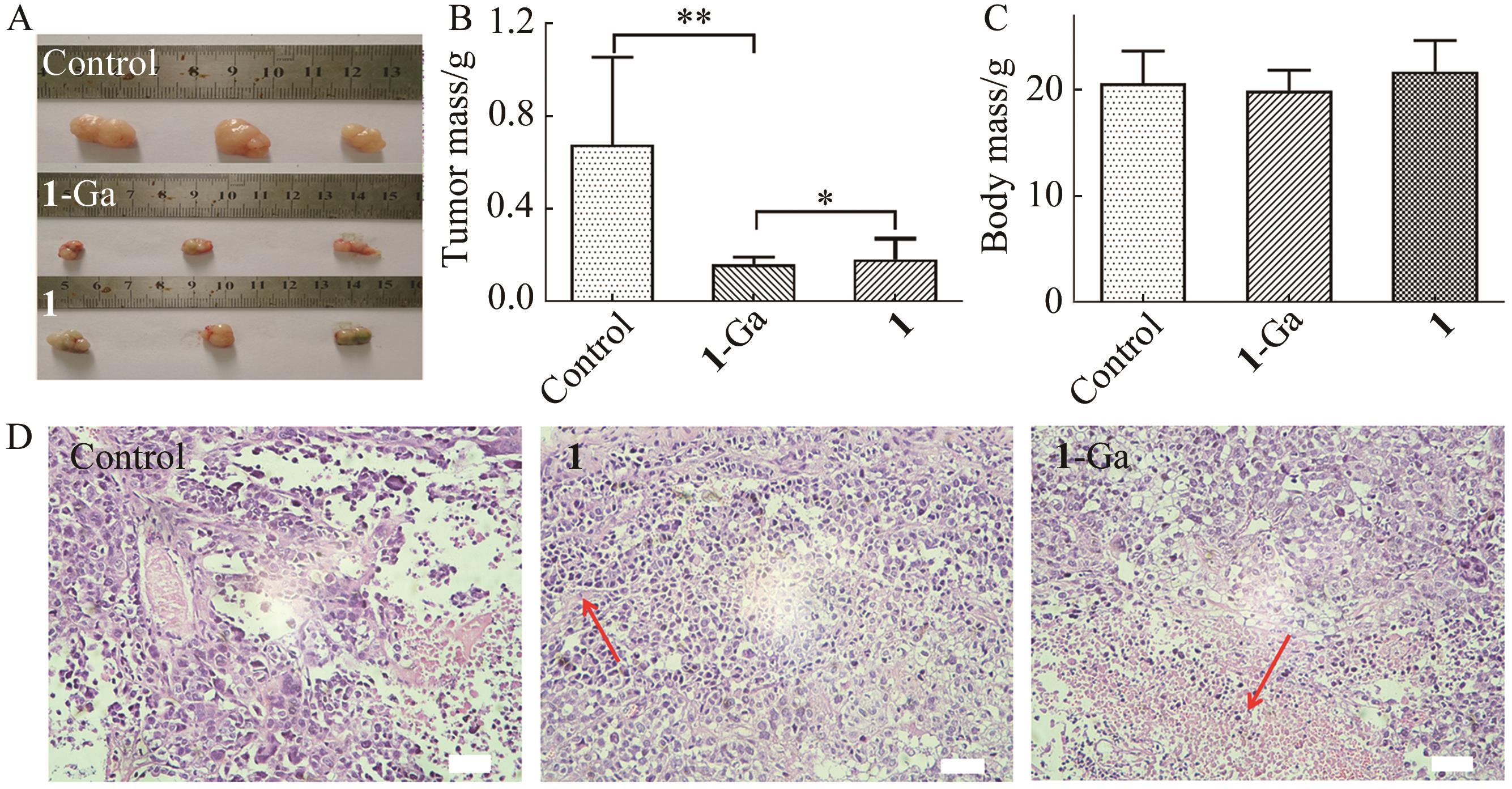| 1 |
PAOLESSE R. Porphyrin handbook[M]. San Diego CA: Academic Press, CA, 2000: 201-232.
|
| 2 |
LIU H Y, LAI T S, YEUNG L L, et al. First synthesis of perfluorinated corrole and its Mn=O complex[J]. Org Lett, 2003, 5: 617-620.
|
| 3 |
FU B Q, HUANG J, REN L, et al. Cationic corrole derivatives: a new family of G-quadruplex inducing and stabilizing ligands[J]. Chem Commun, 2007, 31: 3264-3266.
|
| 4 |
MAHAMMED A, GROSS Z. Corroles as triplet photosensitizers[J]. Coord Chem Rev, 2019, 379: 121-132.
|
| 5 |
FU B Q, ZHANG D, WENG X C, et al. Cationic metal-corrole complexes: design, synthesis, and properties of guanine-quadruplex stabilizers[J]. Chem Eur J, 2008, 14: 9431-9441.
|
| 6 |
GROSS Z, MAHAMMED A, ABDALES M, et al. Bioinorganic chemistry of corrole metal complexes: interactions with proteins and cells[J]. J Inorg Biochem, 2003, 96: 140.
|
| 7 |
CHANG C K, KONG P W, LIU H Y, et al. Synthesis and photodynamic activities of modified corrole derivatives on nasopharyngeal carcinoma cells[J]. Proc SPIE, 2006, 6139: 613915.
|
| 8 |
SUN Y M, JIANG X, ZE Y L, et al. Hydroxy-corrole and its gallium(Ⅲ) complex as new photosensitizer for photodynamic therapy against breast carcinoma[J]. Eur J Med Chem, 2020, 112794 (208): 1-10.
|
| 9 |
WANG Y G, ZHANG Z, WANG H, et al. Phosphorus(Ⅴ) corrole: DNA binding, photonuclease activity and cytotoxicity toward tumor cells[J]. Bioorg Chem, 2016, 67: 57-63.
|
| 10 |
SHI L, YANG W C, ZENG S Y, et al. DNA-binding and anti-tumor activities of Cobalt corrole complexes[J]. Chin J Chem, 2016, 37: 1059-1068.
|
| 11 |
ZHANG Z, WANG H H, YU H J, et al. Synthesis, characterization and in vitro and in vivo photodynamic activities of a gallium(Ⅲ) tris(ethoxycarbonyl)corrole[J]. Dalton Trans, 2017, 29: 9481-9490.
|
| 12 |
ZHANG Z, WEN J Y, LV B B, et al. Photocytotoxicity and G-quadruplex DNA interaction of water-soluble gallium(Ⅲ) tris (N-methyl-4-pyridyl)corrole complex[J]. Appl Organomet Chem, 2016, 30: 132-139.
|
| 13 |
ZHANG Z, YU H J, HUANG H, et al. The photodynamic activity and toxicity evaluation of 5,10,15-tris(ethoxylcarbonyl)corrole phosphorus(V) in vivo and in vitro[J]. Eur J Med Chem, 2019, 163(1): 779-786.
|
| 14 |
ZHANG Z, YU H J, HUANG H, et al. The photocytotoxicity effect of cationic sulfonated corrole towards lung cancer cells: in vitro and in vivo study[J]. Laser Med Sci, 2019, 34(7): 1353-1363.
|
| 15 |
XI A N, ZHANG Z, WANG H H, et al. DNA-binding, photocleavage and anti-cancer activity of tin(Ⅳ) corrole[J]. J Porphyrin Phthalocya, 2018, 22: 739-750.
|
| 16 |
TEO R D, HWANG Y Y, TERMINI J, et al. Fighting cancer with corroles[J]. Chem Rev, 2017, 117: 2711-2729.
|
| 17 |
LI M Y, YANG W, CEN J H, et al. Gallium(Ⅲ) amide corroles: DNA interaction and photodynamic activity in cancer cells[J]. Chem Plus Chem, 2023, 88: e202200413.
|
| 18 |
LIU L G, SUN Y M, LIU Z Y, et al. Halogenated gallium corroles: DNA interaction and photodynamic antitumor activity[J]. Inorg Chem, 2021, 60: 2234-2245.
|
| 19 |
ZHANG Y, WEN J Y, WANG X L, et al. DNA binding and nuclease activity of cationic iron(Ⅳ) and manganese(Ⅲ) corrole complexes[J]. Appl Organomet Chem, 2014, 28: 559-566.
|
| 20 |
NA N, ZHAO D Q, LI H, et al. DNA binding, photonuclease activity and human serum albumin interaction of a water-soluble freebase carboxyl corrole[J]. Molecules, 2016, 21: 1-14.
|
| 21 |
ZHANG Y, WANG Q, WEN J Y, et al. DNA binding and oxidative cleavage by a water-soluble carboxyl manganese(Ⅲ) corrole[J]. Chin J Chem, 2013, 31: 1321-1328.
|
| 22 |
LU J, LIU H Y, SHI L, et al. DNA cleavage mediated by water-soluble manganese corrole[J]. Chin Chem Lett, 2011, 22: 101-104.
|
| 23 |
ZHANG Y, WEN J Y, MAHMOOD M H R, et al. DNA cleavage mediated by water-soluble manganese corrole[J]. Luminescence, 2015, 30: 1045-1054.
|
| 24 |
HUANG J T, WANG X L, ZHANG Y, et al. DNA binding and nuclease activity of a water-soluble sulfonated manganese(Ⅲ) corrole[J]. Transit Met Chem, 2013, 38: 283-289.
|
| 25 |
CHENG F, WANG H H, ATIF A L I, et al. Photophysical properties and photodynamic anti-tumor activity of corrole-coumarin dyads[J]. J Porphyrin Phthalocya, 2018, 22(9): 886-898.
|
| 26 |
WANG L L, WANG H, CHENG F, et al. Investigation of excited-state photophysical properties of water soluble gallium corrole[J]. J Phys Chem C, 2017, 121: 12350-12357.
|
| 27 |
RASU A, BAO R, MALHI M, et al. Induction of apoptosis by costunolide in bladder cancer cells is mediated through ROS generation and mitochondrial dysfunction[J]. Molecules, 2013, 18: 1418-1433.
|
| 28 |
KANKALA R K, LIU C G, CHEN A Z, et al. Overcoming multidrug resistance through the synergistic effects of hierarchical pH-sensitive, ROS-generating nanoreactors[J]. ACS Biomater Sci Eng, 2017, 3: 2431-2442.
|

 ), 张召3(
), 张召3( )
)
 ), Zhao ZHANG3(
), Zhao ZHANG3( )
)

